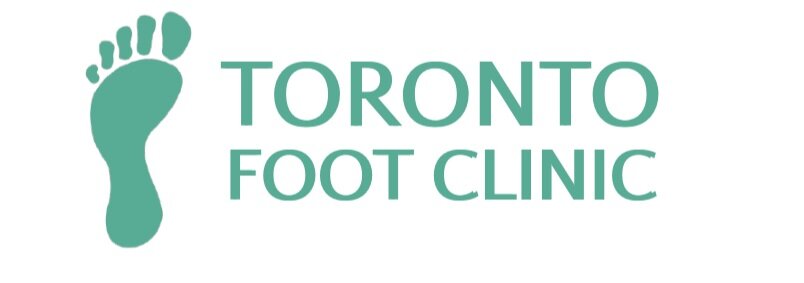SHIN SPLINTS
WHAT ARE SHIN SPLINTS?
Shin splints or shin pain is a common injury that occurs with many running based sports, like basketball, soccer, or football. It’s identified by pain in and around the tibia (shin bone) in the lower leg, and usually happens as a result of a sudden increase in the frequency, duration and/or intensity of activity. There are three main types of shin pain:
Medial Tibial Stress Syndrome
Stress Fracture
Compartment Syndrome
WHAT CAUSES IT? Like most overuse injuries, shin pain may develop over a period of time and so gradually, you don’t notice it until it really hurts. Quite often, people ignore the early signs and seek treatment when the pain starts to occur outside of the activity. Some of the causes can include:
Abnormal biomechanics - overpronation (the way your foot rolls when you walk or run), or tibial malalignment (bowed legs).
Training methods - rapid increase in the intensity, duration or frequency of exercise.
Training surfaces - running on hard surfaces like concrete or uneven ground.
Footwear - wearing inappropriate footwear for the activity, or wearing worn out shoes.
Poor flexibility, muscle imbalance, or inadequate strength affecting muscles of the lower limb.
HOW CAN I TREAT IT? Early treatment of shin pain can make a significant difference and can prevent the problem before it becomes severe. If you injure any soft tissue during your activity, use the RICER protocol - Rest, Ice, Compression, Elevation and Referral.
The RICER protocol should be followed for 48 - 72 hours with a goal of reducing the damage within the joint. The No HARM protocol should also be applied - NO Heat, NO Alcohol, NO Running (or activity), and NO Massage. This will ensure decreased bleeding and swelling in the injured area. Depending on the diagnosis, treatment management may include:
Pain relieving techniques
Correction of biomechanical issues
Specific stretches for flexibility a specific strength and muscle conditioning program
To keep fit while experiencing shin pain, switch to low-impact activities such as swimming, cycling, and aquafit (deep water running). If you’re experiencing pain due to shin splints, book an assessment with us and we’d be happy discuss your treatment options.

